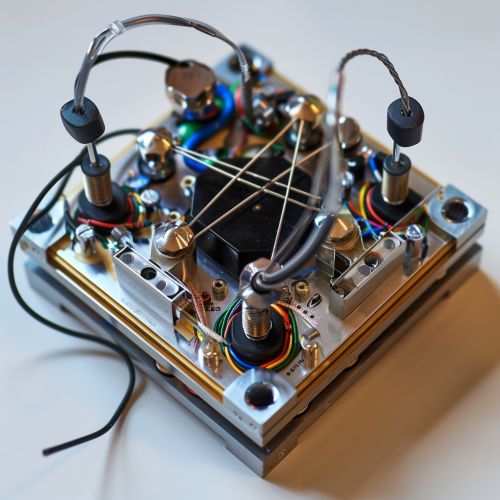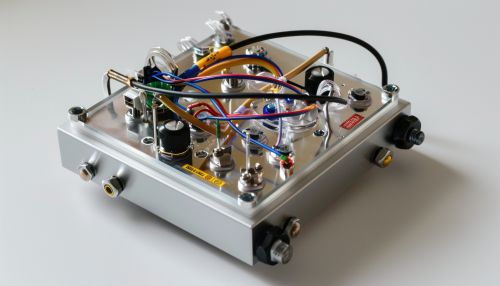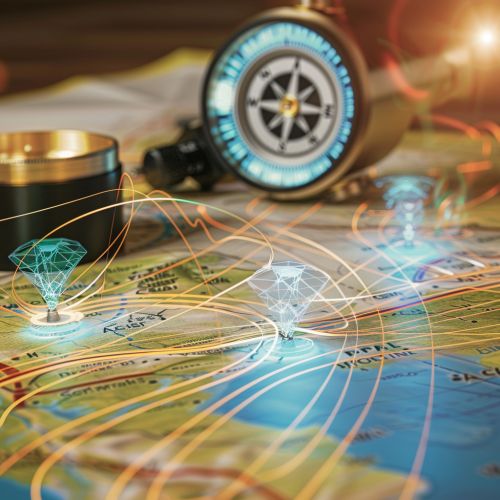Quantum Accelerometer
Introduction
A quantum accelerometer is a device that utilizes the principles of quantum mechanics to measure acceleration. Unlike classical accelerometers, which rely on the mechanical motion of small objects, quantum accelerometers operate by measuring the interference pattern of matter waves. This technology has the potential to revolutionize navigation systems, seismology, and various other fields due to its high precision and ability to function without external references.


Principles of Operation
Quantum accelerometers operate based on the principles of quantum superposition and wave-particle duality. In a quantum accelerometer, a cloud of ultra-cold atoms is split into two separate paths by a laser beam, creating a state of superposition where the atoms exist in both paths simultaneously. These paths then recombine, and the resulting interference pattern is measured. The pattern changes based on the acceleration experienced by the device, allowing for highly accurate measurements.
Components and Design
A quantum accelerometer typically consists of several key components: a vacuum chamber, a source of ultra-cold atoms, a set of lasers, and a detector. The vacuum chamber houses the ultra-cold atoms and prevents external influences from affecting the measurements. The lasers are used to split and recombine the atom cloud, while the detector measures the resulting interference pattern.
Applications
Quantum accelerometers have a wide range of potential applications. In navigation systems, they could provide highly accurate measurements of velocity and position without the need for external references such as GPS signals. In seismology, they could detect minute movements of the Earth's crust, aiding in the prediction of earthquakes. They could also be used in fundamental physics research, testing the limits of quantum mechanics and potentially uncovering new phenomena.


Challenges and Future Research
Despite their potential, quantum accelerometers also face several challenges. They currently require ultra-cold temperatures and vacuum conditions to operate, which limits their practicality in many situations. Future research aims to overcome these limitations and make quantum accelerometers more accessible for various applications.
